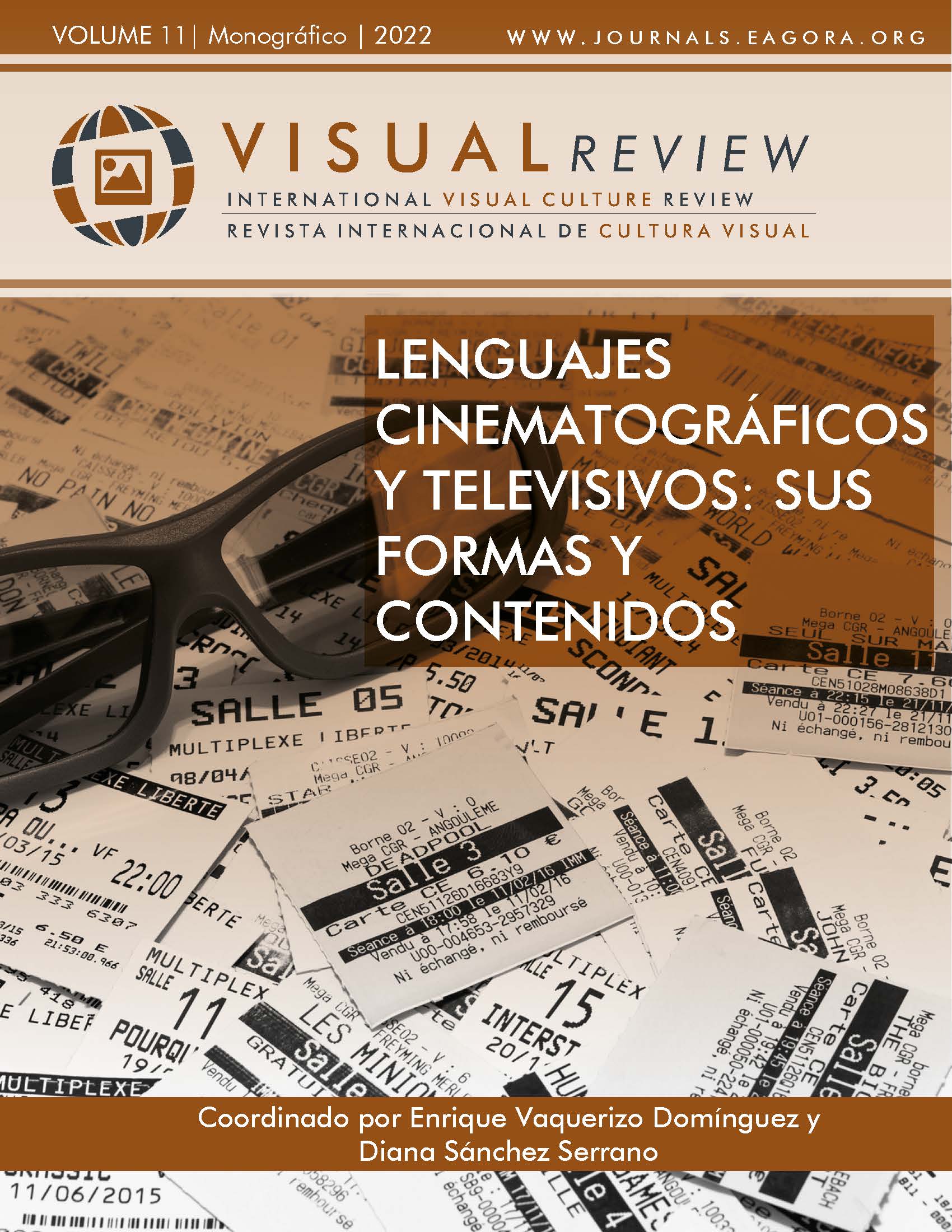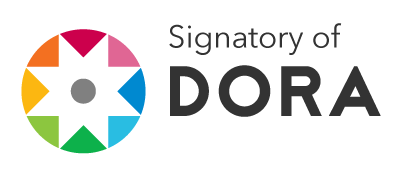Suspiria. Mythical imaginaries of the terrible mother
The abject and corporeal in the horror films of Luca Gudagnino
DOI:
https://doi.org/10.37467/revvisual.v9.3688Keywords:
Imaginaries, Archetypes, Terrible mother, Cinema, TerrorAbstract
Objective: from interpretive hermeneutics, analyze the social imaginaries about the terrible mother, represented in the film Suspiria, by Luca Guadagnino. Methodology: an interpretive method is used where Morris’s sign proposal, Jung's archetypes, Durand's anthropological structures, Kristeva’s powers of horror, and the myth of Cortés’s castrating woman are taken up. Results: the mass media as cathartic cultural spaces, reiterate and reinterpret archetypes through the representation of myths, where sometimes the feminine is linked to power, the corporeal, the abject, and the social imaginary of the terrible mother.
Downloads
Global Statistics ℹ️
|
618
Views
|
1381
Downloads
|
|
1999
Total
|
|
References
Barthes, R. (1999). Mitologías. (decimosegunda edición). Siglo XXI.
Camacho, M. L., y Esparza, C. I. (2015-2017). Manual estructura y redacción del pensamiento complejo. http://ru.ffyl.unam.mx/handle/10391/3895
Carretero, P. E. (2007). Lo mediático y lo social: una compleja interacción. FAMECOS (32), 53-65. https://www.redalyc.org/pdf/4955/495550188009.pdf DOI: https://doi.org/10.15448/1980-3729.2007.32.3415
Cinemateca uruguaya. (2022). Suspiria. https://cinemateca.org.uy/peliculas/110
Cirlot, J. (1992). Diccionario de símbolos. (Novena Edición) Siruela.
Cooper, J. C. (2004). Diccionario de símbolos. Gustavo Gili.
Cortés, J. M. (1997). Orden y Caos. Anagrama.
Cotán, F. A. (2016). El sentido de la investigación cualitativa. Escuela abierta (19), 33-48. https://www.ceuandalucia.es/escuelaabierta/pdf/articulos_ea19/EA19-sentido.pdf DOI: https://doi.org/10.29257/EA19.2016.03
De Blois, A. (febrero de 2022). Proporción áurea: qué es y cómo aplicarla. https://www.blogdelfotografo.com/proporcion-aurea/
Durand, G. (1981). Las estructuras antropológicas de lo imaginario. Introducción a la arquetipología general. (M. Armiño, Trad.). Taurus.
Field, S. (1995). El manual del guionista. Plot Ediciones, S.L.
Fotonostra. (junio de 2022). Regla de los 3 tercios. Obtenido de Fotonostra: https://www.fotonostra.com/fotografia/reglatrestercios.htm
Guadagnino, L. (2018). Suspiria [Película]. Amazon studios, Mithology Entertainment y Diamond Films España
Heller, N. (8 de octubre de 2018). Cine del deseo de Luca Guadagnino. https://www.newyorker.com/magazine/2018/10/15/luca-guadagninos-cinema-of-desire
Jung, C. G. (2019). Arquetipos e inconsciente colectivo. (Décima impresión). Paidós.
Kristeva, J. (1988). Poderes de la perversión. Siglo XXI.
Le Breton, D. (1990). Antropología del cuerpo y modernidad. Nueva Visión.
Morris, C. (1985). Fundamentos de la teoría de los signos. Paidós.
Padinger, G. (3 de noviembre de 2019). Infografía: las 4 etapas del Muro de Berlín, de la alambrada a una doble pared con torres y perros. https://cutt.ly/4LYQOYn
Pulver, A. (4 de febrero de 2016). A Bigger Splash director: ‘Italian cinema is mostly a bureau for tourism’. https://cutt.ly/4LYQSVF
Rodríguez, S. (2019). Filo(eros)sofía: el tiempo del amor y el saber en Call me by your name (Luca Guadagnino, 2017). Trama y fondo: revista de cultura, 53-71. https://dialnet.unirioja.es/servlet/articulo?codigo=7136060
Rojas, C. I. (2011). Hermenéutica para las técnicas cualitativas de investigación en ciencias sociales: una propuesta. Espacios públicos, 14(31), 176-189. https://www.redalyc.org/pdf/676/67621192010.pdf
Santa Cecilia, T. (25 de enero de 2022). Los 4 efectos psicológicos de la culpa del superviviente. https://psicologiaymente.com/clinica/efectos-psicologicos-culpa-superviviente
Thompson, J. (2002). Ideología y cultura moderna. Universidad Autónoma Metropolitana.
Downloads
Published
How to Cite
Issue
Section
License
Those authors who publish in this journal accept the following terms:
-
Authors retain copyright.
-
Authors transfer to the journal the right of first publication. The journal also owns the publishing rights.
-
All published contents are governed by an Attribution-NoDerivatives 4.0 International License.
Access the informative version and legal text of the license. By virtue of this, third parties are allowed to use what is published as long as they mention the authorship of the work and the first publication in this journal. If you transform the material, you may not distribute the modified work. -
Authors may make other independent and additional contractual arrangements for non-exclusive distribution of the version of the article published in this journal (e.g., inclusion in an institutional repository or publication in a book) as long as they clearly indicate that the work was first published in this journal.
- Authors are allowed and recommended to publish their work on the Internet (for example on institutional and personal websites), following the publication of, and referencing the journal, as this could lead to constructive exchanges and a more extensive and quick circulation of published works (see The Effect of Open Access).













